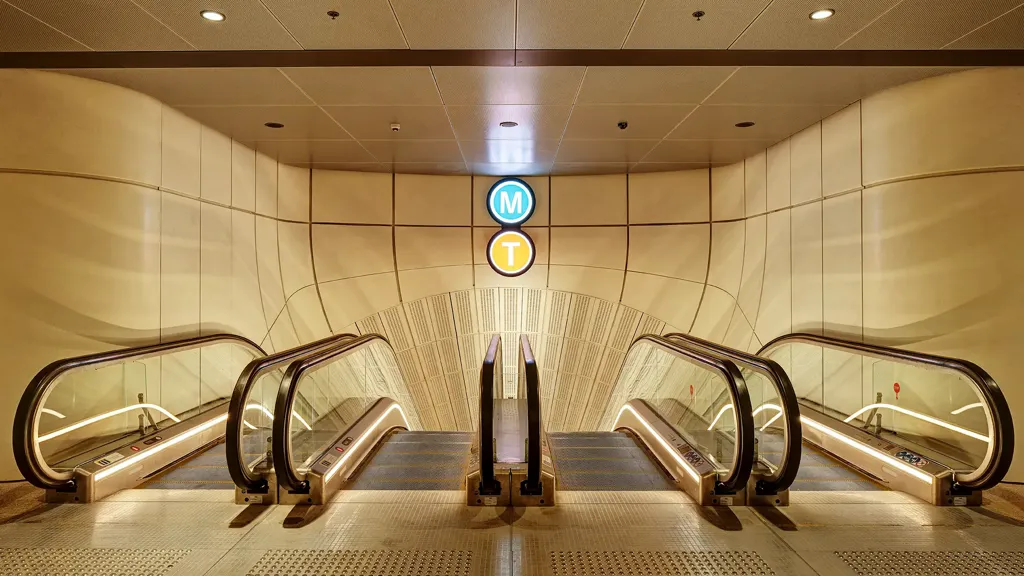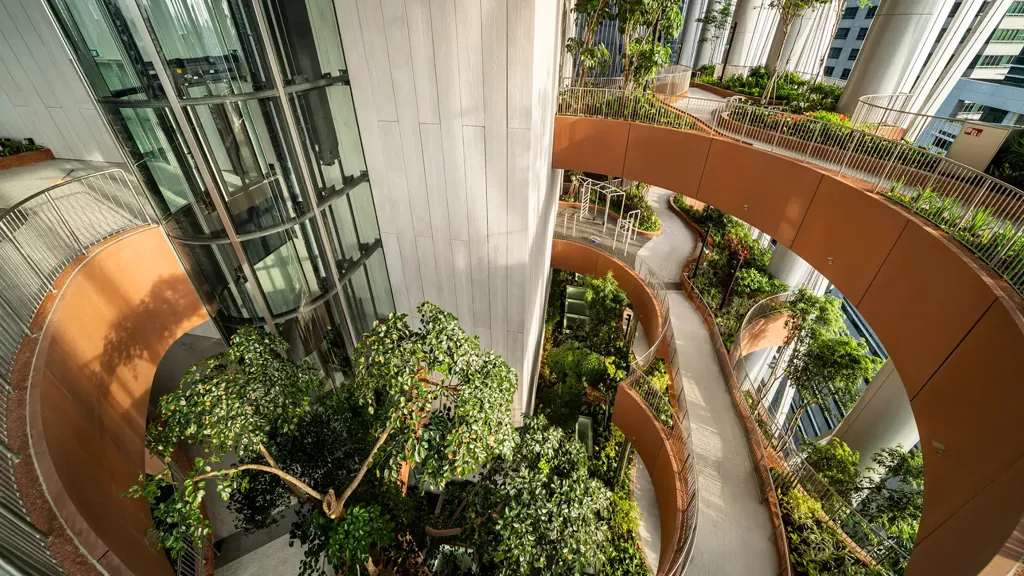When it first opened its doors in 1996, Eastgate was Zimbabwe’s largest office and shopping development. The project had a clear set of cost-efficiency aims from the outset. Recognising this, Eastgate’s design needed to strike the balance between reducing the building’s energy consumption and providing a comfortable internal environment for its users.
Created as a collaboration between Old Mutual Properties, Pearce Partnership, and Arup, the building quickly became a catalyst for commerce within Harare’s bustling urban centre. Combining structural, mechanical, and electrical engineering, our expertise enabled the building to achieve its nature-inspired design. This brings together natural ventilation, energy-efficient lighting, and resilient building design, which has allowed Eastgate to stand the test of time.
After over 25 years, the building still provides a convenient, comfortable, and affordable commercial hub for the city, and continues to be celebrated both locally and globally as one of its defining landmarks. Eastgate also set benchmarks for sustainable building design that remain as relevant now as they were at the time of design, with its cost-efficient and low-carbon operational performance still in keeping with leading modern-day standards.







